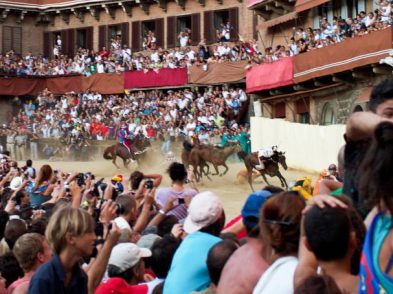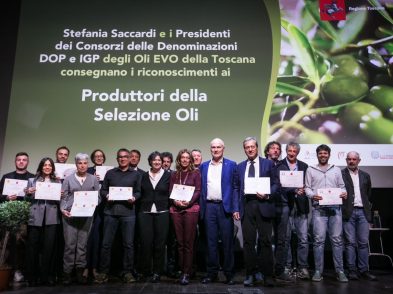The turn of the seasons signifies many things: the beginning of a new year for academics, the emergence of a new wardrobe for the fashion world, and the end of a harvest for vintners. The annual wine grape harvest, or la vendemmia, that takes place each year at the end of September is, for many, one of the most important times of the year. To both signify and celebrate this event, the fall wine harvest for a panettiere, or baker, means schiacciata con l’uva, or focaccia with grapes. Focaccia is a term universally recognized, and people around the world know that the best focaccia bread comes from Italy. Dating back more than 2,000 years, the name focaccia is derived from the Latin word focacia, meaning hearth or fireside. Similarly, the name is taken from the Roman phrase panis focacius, which referred to a flat loaf of bread cooked upon a hearth or under the ashes of a fire. Focaccia dough is similar in both style and texture to pizza dough, comprised of high-gluten flour, oil, water, sugar, salt and yeast; however, it’s the baking process that gives focaccia its unique taste. The bread is typically rolled out or pressed by hand into a thick layer of dough and then baked in a stone oven or on a hearth, lending to its name origin. During the baking process, bread-makers carefully puncture the bread to eliminate any unwanted bubbles that may make the bread deviate from its traditional form.

Historically, focaccia bread was associated with religious ceremonies, like Christmas Eve and other Catholic celebrations, such as the Epiphany. However, the traditional focaccia bread of the past began to take on new forms from the North to the South in Italy as ingredients such as herbs, cheeses, meats, vegetables and honey were added to give focaccia unique tastes and flavors. In Genoa, what some call the birthplace of focaccia, focaccia dough is infused with olive oil, flattened and shaped by hand, giving it its signature ‘dimples,’ and baked with another generous pour of olive oil. Further south, in the birthplace of pizza, Naples, focaccia tends to take on more similarities of classic pizza, with the dough topped with oil, a splash of tomato sauce and oregano. In fact, each area has perfected its ‘own’ focaccia. In Sanremo, sardenaira is flavored with sardines and anchovies, focaccia al formaggio from Recco is infused with fresh and tangy stracchino cheese, and fitascetta from Lombardy is baked with red onions and a sugary topping. Finally, in Tuscany, schiacciata con l’uva is the traditional focaccia, made with sweet and juicy grapes.‘Schiacciata’ comes from the Italian verb schiacciare, meaning literally ‘to flatten’ and is the term affectionately used for focaccia in Tuscany. Schiacciata con l’uva is a bread-makers celebration of the fall wine grape harvest, and during the months of September and October, schiacciata con l’uva can be found in forni (bakeries) throughout the city of Florence. The focaccia dough is molded and pressed with the bakers’ hands and the grapes are generously scattered over the dough and as the baking process begins, the grapes began to cook and the juices become absorbed in the bread, rendering a sweet and savory treat.
A few forni to try:
Forno Top, via Della Spada, 23/R
Il Forno Sartoni, via dei Cerchi 34r
Il Forno, via San Gallo 147r
Pane e focacce, via de’ Macci 65r
Panetteria, via de’ Neri 5r
Panificio, via della Spada 39r
Panificio Chiappi, Borgo la Croce 43-45r
Quattrocchi, via Santa Monica 3r
Il Fornaio di Galli, via Matteo Palmieri 24r and via Faenza 39r






